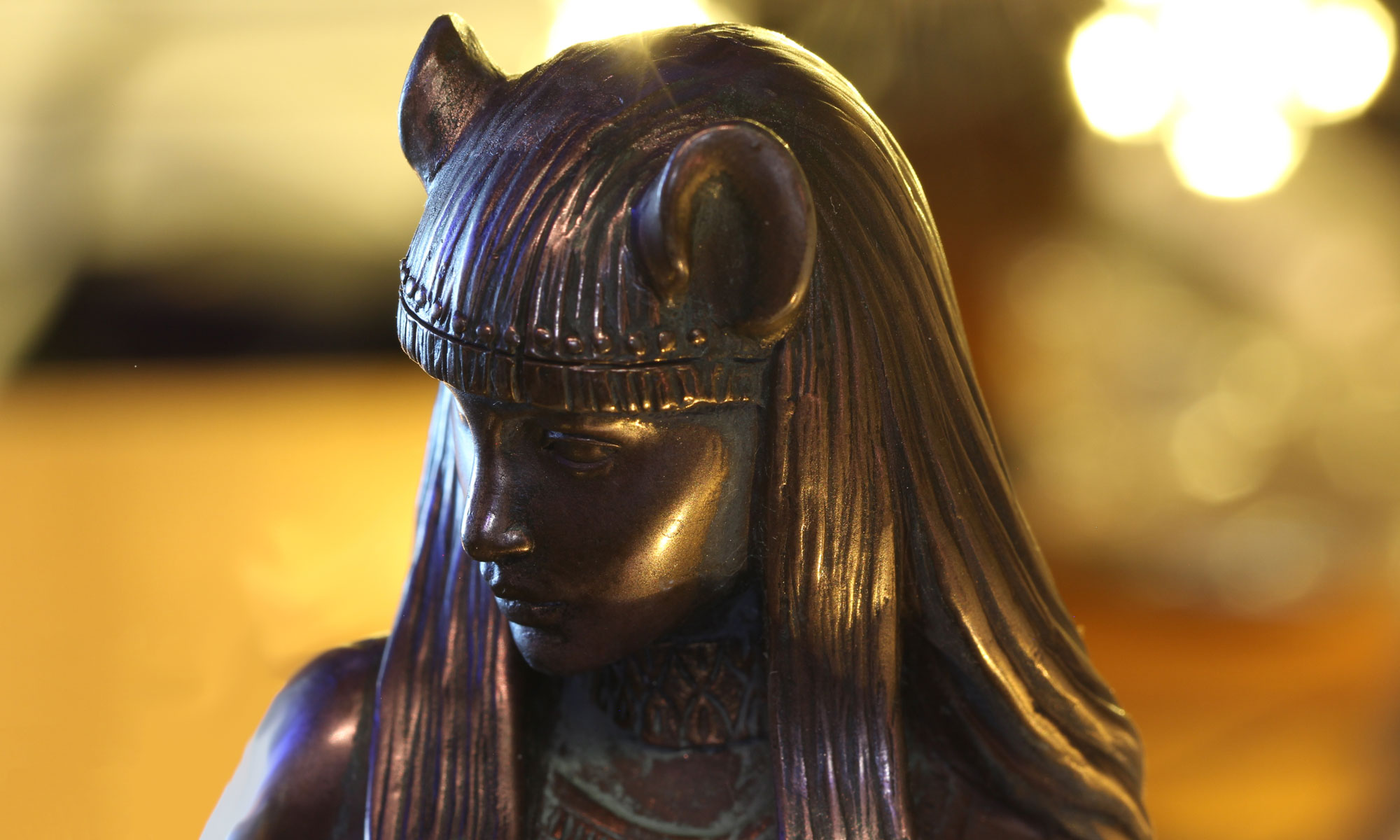Jewels for January & February, Online Film Series
This winter we are offering our first member-only online film series. Our thanks to the filmmakers and distributors who have made it possible. Special thanks to Women Make Movies and Grasshopper Films for their guidance and generosity.
For your consideration, here are descriptions of the great films we will show from Jan 25-Feb 28, 2017. (It’s another great reason to join or renew, since the films and discussions are only available to members.)
Apache 8, by Sande Zeig
For 30 years, the all-female Apache 8 unit has protected their reservation from fire and responded to wildfires around the nation. Facing gender stereotypes and the problems that come with life on the impoverished reservation, the women became known as some of the country’s most elite firefighters. This film focuses primarily on four women who speak tenderly and often humorously of hardship, loss, family, community and pride in being a firefighter. They are separated from their families, face tribe initiation, and struggle to make a living. But while the women may have initially set out to try and earn a living in their economically challenged community, they quickly discover an inner strength and resilience that speaks to their traditions and beliefs as Native women.
SPECIAL SNEAK PREVIEW: The Breast Archives, by Meagan Murphy
The Breast Archives is a powerful documentary, illuminating significant themes and often-stifled experiences of womanhood in America: puberty, sexuality, social mores, and menopause. Viewers get to know nine unforgettable women, ages 32-68, who boldly bare their hearts and breasts to the camera, candidly revealing individual journeys they’ve made in reclaiming their bodies. By exposing themselves, the women expose, and challenge, all of us. And by understanding how breasts are defined by American culture and how women are affected, The Breast Archives suggests what we can do to make positive changes for ourselves and our loved ones.
A Woman to Match a Mountain, by Karen Snyder
Are myths and legends only available from ancient sources? This charming biographical film proves that it’s possible for a modern woman to single-handedly build a myth tradition that continues to thrive in Wyoming 80 years after its creation. Neal Forsling was herself the stuff of legend, a young woman who divorced in the 1920s and moved with her two girls to homestead on a mountaintop in the rugged land near Casper. There she not only defied convention as a writer and artist, but in 1930, at her Summer Solstice party, she started a living myth tradition: the Witches of Crimson Dawn.
Letters from Baghdad, by Sabine Krayenbühl and Zeva Oelbaum
Voiced and executive produced by Tilda Swinton, Letters from Baghdad is a visually rich, beautifully crafted documentary that tells the story of Gertrude Bell, who, more influential than her friend and colleague Lawrence of Arabia, shaped the modern Middle East in ways that still reverberate today. Explorer, writer, archeologist, spy and political powerhouse, Bell was one of the most influential and fascinating women at the dawn of the 20th century. Widely travelled across Arabia, she was instrumental in pushing for an end to colonial rule and played a major role (alongside Churchill and T.E. Lawrence) in creating and administering the modern state of Iraq.






You must be logged in to post a comment.